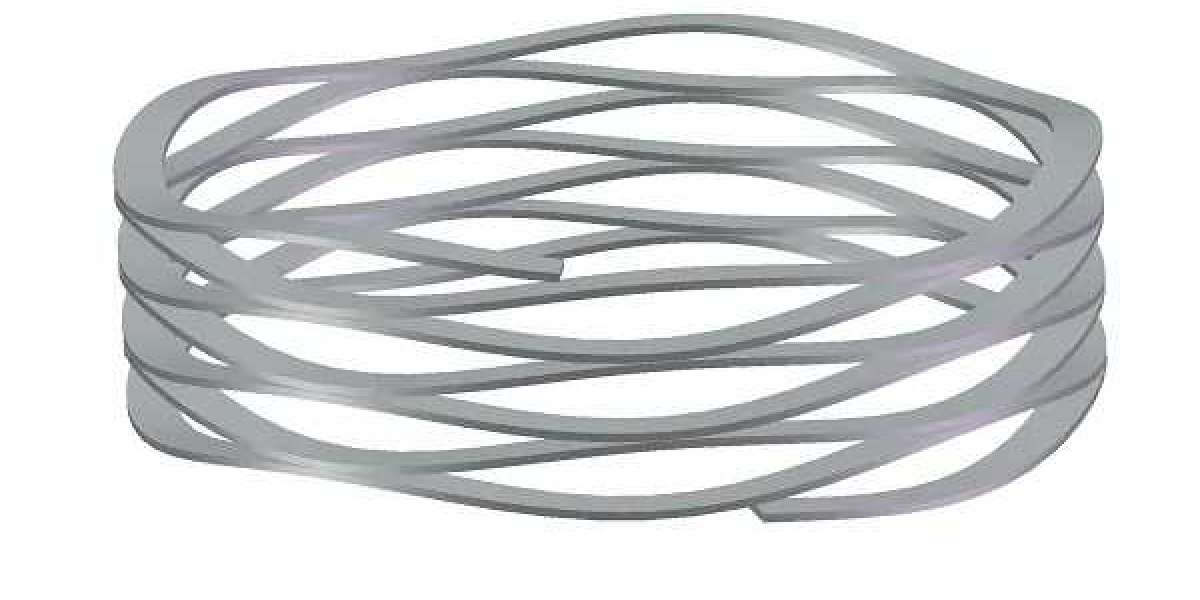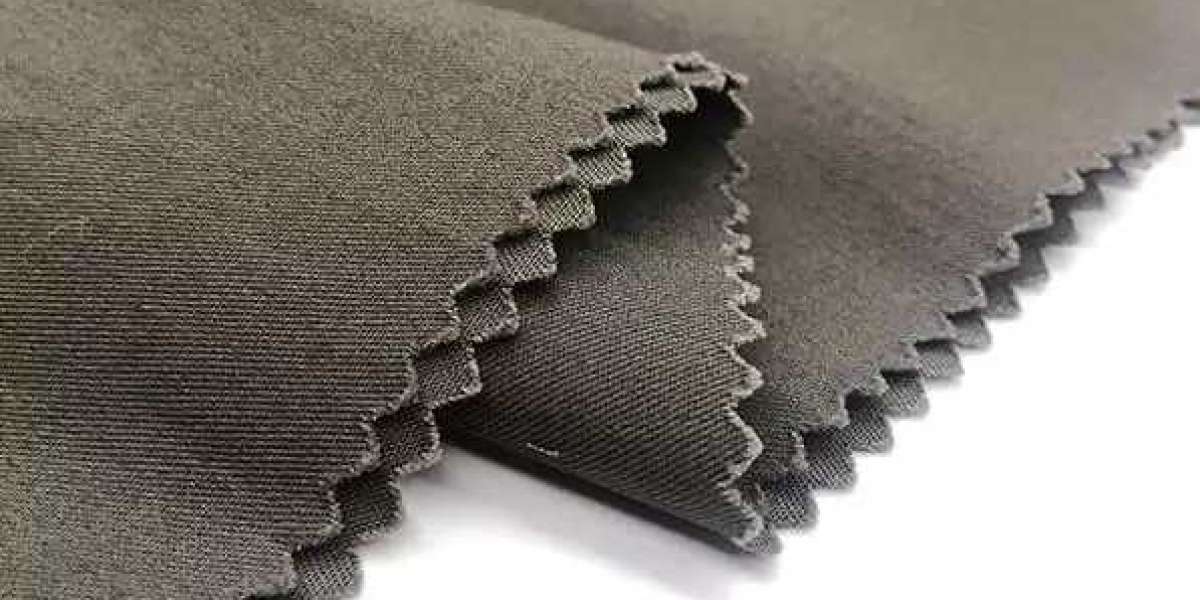1 Single-layer open wave spring and single-layer closed wave spring
1.1 Single-layer open wave spring and single-layer closed wave spring load
 ………………(B.1)
………………(B.1)
of which
N | 2.0-4.0 | 4.5-6.5 | 7.0-9.5 | ≥10 |
K | 3.88 | 2.90 | 2.30 | 2.13 |
Note: In actual production, the load of a single-layer open wave spring is slightly smaller than that of a single-layer closed wave spring.
1.2 Calculated stress of single-layer open wave spring and single-layer closed wave spring
 ………………(B.2)
………………(B.2)
1.3 Stiffness of single-layer open wave spring and single-layer closed wave spring
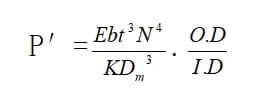 ………………(B.3)
………………(B.3)
1.4 Deformation energy of single-layer open wave spring and single-layer closed wave spring
 ………………(B.4)
………………(B.4)
2 peak-to-peak multi-layer wave spring
2.1 Peak-to-peak multilayer wave spring loading
 ………………(B.5)
………………(B.5)
2.2 Calculated stress of peak-to-peak multi-layer wave spring
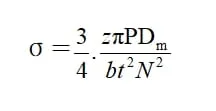 ………………(B.6)
………………(B.6)
2.3 Peak-to-peak multilayer wave spring stiffness
 ………………(B.7)
………………(B.7)
2.4 Peak-to-peak multilayer wave spring deformation energy
 ………………(B.8)
………………(B.8)
3 Peak-to-valley multi-layer wave spring
3.1 Peak-to-valley multi-layer wave spring load
 ………………(B.9)
………………(B.9)
3.2 Calculated stress of peak-to-valley multilayer wave spring
 ………………(B.10)
………………(B.10)
3.3 Peak-to-valley multilayer wave spring stiffness
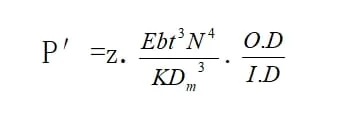 ………………(B.11)
………………(B.11)
3.4 Peak-to-valley multilayer wave spring deformation energy
 ………………(B.12)
………………(B.12)
4 Load classification, allowable stress
4.1 Load classification
Static load: The applied load remains unchanged or changes only occasionally over a long period of time, and the number of changes within the specified life is less than 1×104 times.
Variable load: The load acting on the wave spring changes cyclically between the preload P1 and the working load P2, and the number of changes is greater than 1×104 times within the specified life.
4.2 Allowable stress of wave spring under static load
For wave springs under static load, the stress of the wave spring should be calculated by verifying the formulas in B.3.1.2, B.3.2.2, and B.3.3.2 to ensure the stability of the free height. The calculated stress σs during flattening should be close to the yield limit σ of the wave spring material.
4.3 Fatigue limit of wave spring under variable load
Table B2 provides methods for estimating fatigue limits by calculating stresses when wave springs are operated at two heights. Although these methods have been proven, test methods are recommended to confirm fatigue limits.
Life factor X | Fatigue limit (times) |
0.40 | 30,000 |
0.40~0.49 | 30,000-50,000 |
0.56~0.60 | 75,000-100,000 |
0.61~0.67 | 100,000-200,000 |
0.68~0.70 | 200,000-1,000,000 |
0.70 | Over 1,000,000 |
Life coefficient , where: σ = yield strength of material
, where: σ = yield strength of material
S1=calculated stress at lower working point; S2=calculated stress at higher working point
Raleigh Spring Elasticity Technology Co., Ltd was founded by the national standards writer and focuses on the RD and manufacturing of wave springs. It has a complete production chain from raw materials to special equipment and product manufacturing. Used in the automotive industry, aerospace, elevator braking, machine tool spindles, rail transit, valves, power switches, oil drilling, shipbuilding, wind braking, chip IGBT, motors and other industries. Raleigh has served more than 3,000 industrial enterprises and always insists on providing the best products and technical solutions to every customer!
